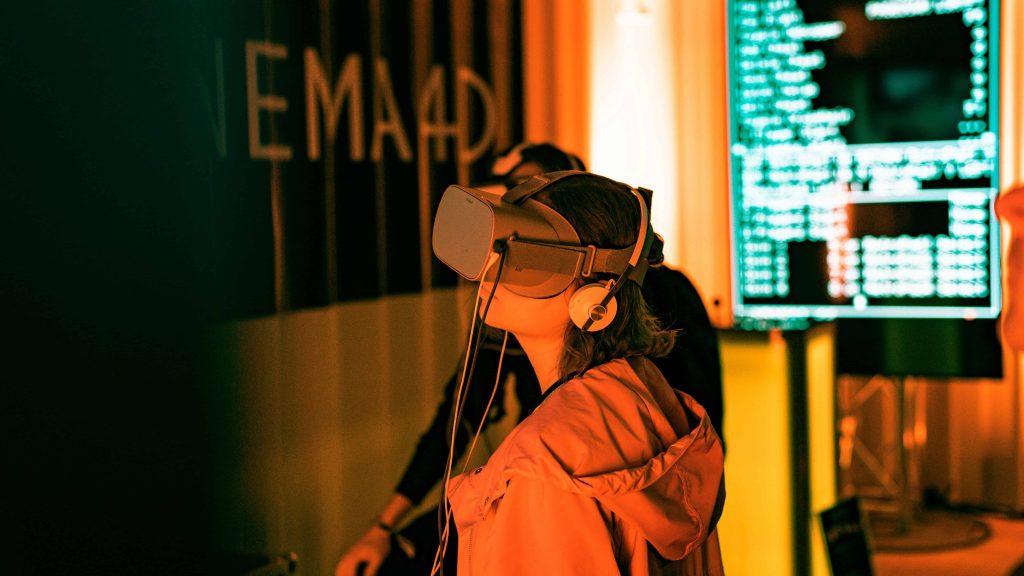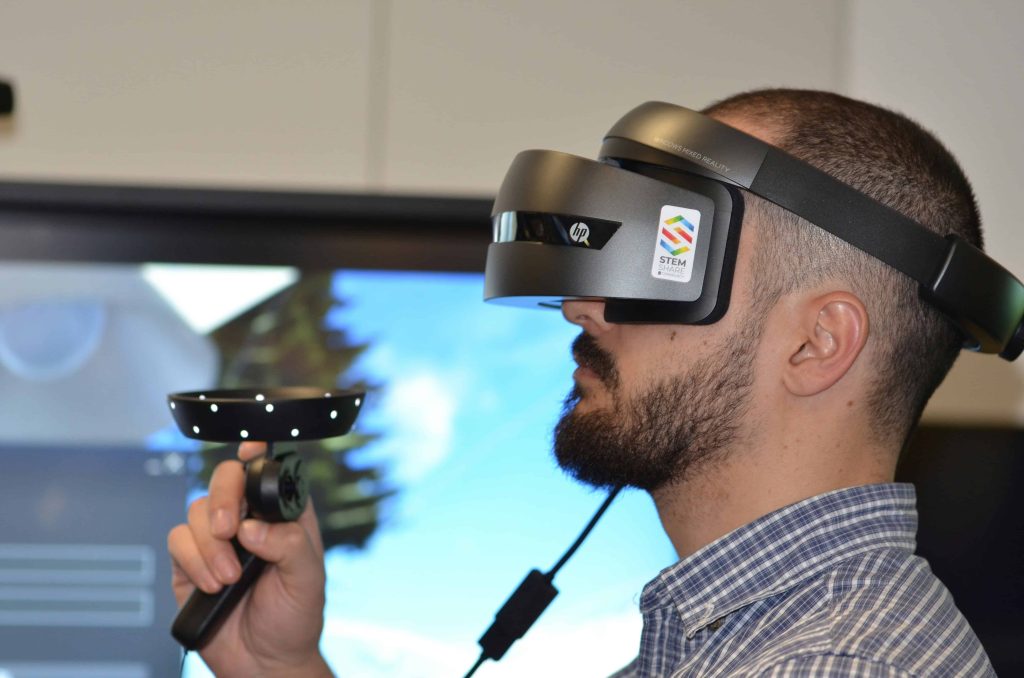
24 Apr Engaging Global Audiences with Virtual Tours
Art Without Borders: Navigating the World of Immersive Virtual Tours
The rise of virtual tours in recent years has revolutionized accessibility and audience engagement, notably within art exhibitions. By transcending physical boundaries, virtual tours empower creators to connect with global audiences on an unprecedented scale. This article delves into the intricacies of crafting immersive virtual tours that resonate with diverse demographics worldwide. From innovative technological approaches to strategic content curation, it examines the multifaceted strategies employed to captivate and enrich the virtual viewer experience, ultimately fostering a deeper appreciation for art across borders and cultures.

Strategies for Engaging a Global Audience
Content Considerations
- Multilingual Support:
- Embrace diversity by incorporating subtitles, narration, and informational text in various languages, fostering inclusivity and accessibility for audiences worldwide.
- Cultural Sensitivity:
- Demonstrate respect for diverse cultural backgrounds by conscientiously selecting imagery and explanations that steer clear of insensitivity or offense.
- Curatorial Focus:
- Emphasize artworks that convey universal themes or possess global significance, facilitating resonance with a broad spectrum of audiences, irrespective of cultural or linguistic backgrounds.
Interactive Features
- 360° Views and Navigation:
- Immerse users in captivating experiences through seamless 360° views and user-friendly navigation tools, empowering them to explore every angle and detail of the virtual environment with ease and fluidity.
- Interactive Hotspots with Additional Information:
- Elevate user engagement by integrating interactive hotspots that unveil rich insights into artworks, artists, or historical contexts, fostering deeper connections and understanding among participants.
- Accessibility Features:
- Uphold inclusivity by incorporating essential features such as closed captions, audio descriptions, and alternative navigation methods, enabling individuals with diverse needs to fully participate and appreciate the immersive experience.
Promotion and Outreach
- Social Media Marketing:
- Harness the immense reach of popular social media platforms in targeted regions to amplify the promotion of the virtual tour, captivating a broader audience and fostering engagement through strategic content dissemination and interaction.
- Collaborations with International Organizations:
- Cultivate synergistic partnerships with esteemed cultural institutions or educational entities worldwide, extending the virtual tour’s outreach and enriching its impact through shared resources, expertise, and cross-cultural collaboration.
- Virtual Events and Webinars:
- Ignite interest and facilitate meaningful interaction by complementing the virtual tour with dynamic online events such as discussions, artist talks, or expert-led webinars, creating immersive experiences that stimulate dialogue, learning, and community engagement.

Conclusion
In conclusion, the evolution of virtual tours presents a groundbreaking avenue for transcending geographical limitations and fostering global cultural exchange. By implementing inclusive content strategies, interactive features, and targeted promotional efforts, creators can effectively engage diverse audiences worldwide. As virtual expeditions continue to evolve, embracing technological advancements and collaborative initiatives, they hold immense potential not only for expanding accessibility to art but also for cultivating cross-cultural understanding and appreciation. Through thoughtful curation and innovative engagement tactics, virtual tours serve as catalysts for connecting individuals from all corners of the globe, enriching lives through the universal language of art.
Key Takeaways
- Virtual Tours’ Global Reach: Virtual tours revolutionize accessibility, enabling creators to engage global audiences on an unprecedented scale.
- Strategies for Engagement:
- Content Considerations: Embrace diversity, cultural sensitivity, and curatorial focus to resonate with diverse audiences.
- Interactive Features: Use 360° views, interactive hotspots, and accessibility features to enhance user experience.
- Promotion and Outreach:
- Social Media Marketing: Leverage social media’s reach for targeted promotion and interaction.
- Collaborations: Partner with international organizations for wider outreach and cross-cultural enrichment.
- Virtual Events: Complement tours with dynamic online events for meaningful interaction and community engagement.
- Conclusion: Virtual tours offer groundbreaking opportunities for global cultural exchange, emphasizing inclusivity, innovation, and collaboration to enrich lives through art worldwide.
FAQs
How do virtual tours cater to diverse languages?
Virtual tours incorporate multilingual support like subtitles and narration, ensuring inclusivity and accessibility for global audiences.
How are cultural sensitivities addressed in virtual tours?
Virtual tours carefully select content to respect diverse cultures, fostering an inclusive environment for viewers worldwide.
How are virtual tours promoted globally?
Virtual tours leverage social media, international partnerships, and virtual events to reach diverse audiences, fostering cross-cultural exchange and engagement.
Elevate your exhibition planning game with invaluable insights into cultivating fruitful partnerships and securing the financial support necessary to make your vision a reality.

